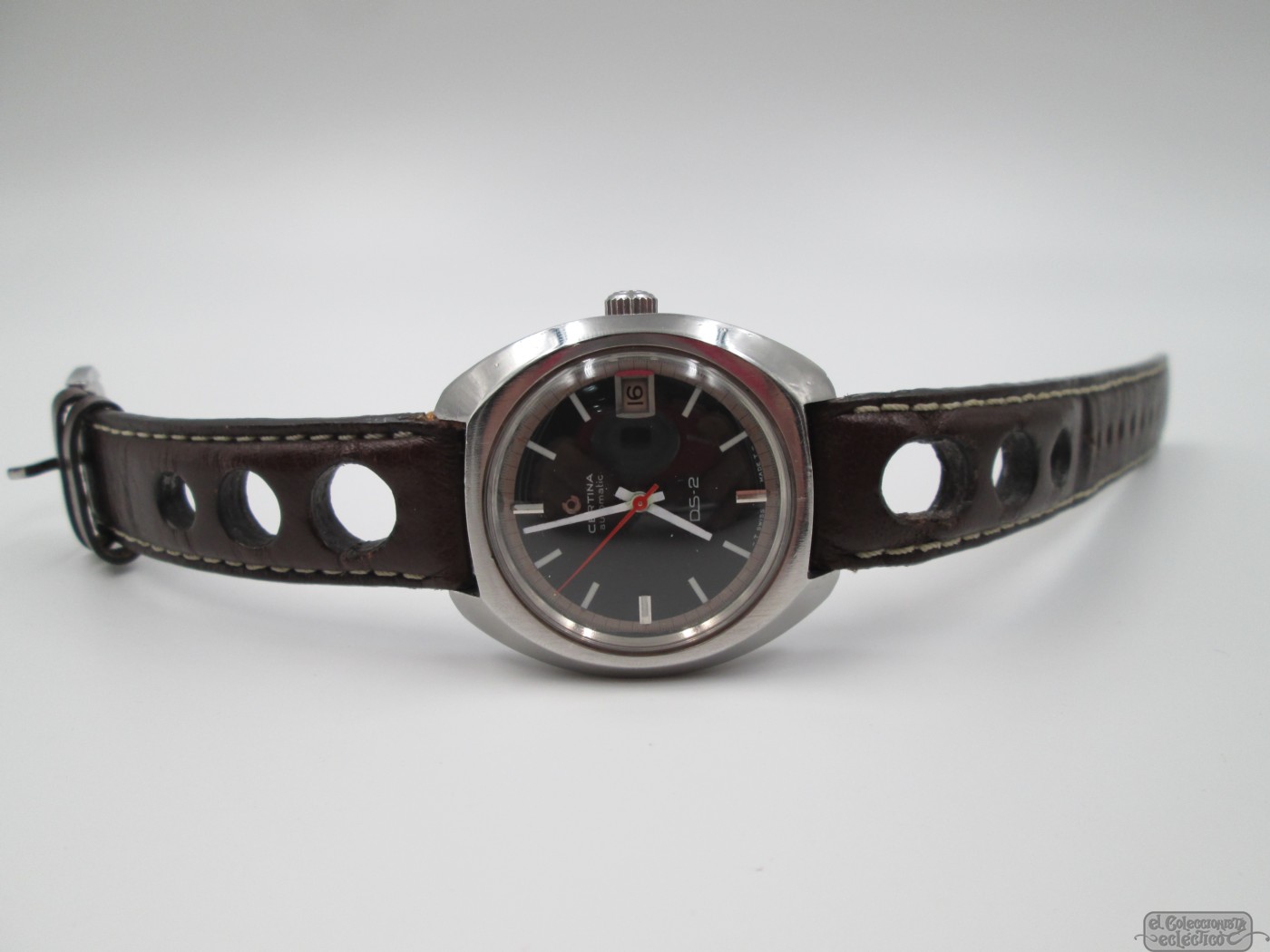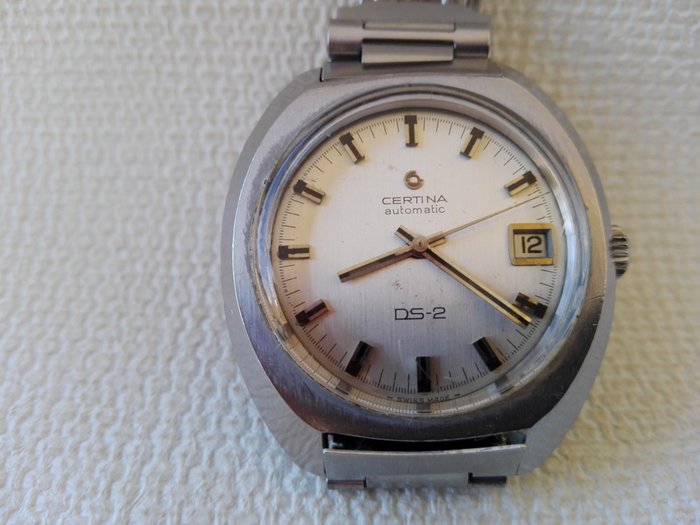

The movement inside this watch is the Certina cal. The watch arrived in running condition but with the caseback removed I could see that it hadn’t been serviced for quite some time and the caseback gasket had turned into a familiar foe, ‘the black goo’. Having serviced quite a few of these watches over the years and being impressed by them I was tempted by this graduated blue dialled model.

Although DS models are still being sold by Certina today, it’s the vintage models from the 1960’s and 70’s that are seen as the most desirable among watch collectors, the diver’s and chronographs in particular. (The industry standard shock resistance test at that time was from a height of 2.2 metres)īy 1979 Certina had sold more then 20 million DS watches making them by far the most successful range in the company’s history. This short video from Certina contains a section showing the public marketing/testing of the new DS-2 watches by dropping them from a height of 6 metres without incident. An air gap between the dial and case allowed travel in all directions, effectively isolating the movement entirely from the case.Īfter the initial concept proved a success (over 300,000 units were sold) the second generation, DS-2, was released in 1968 adding a number of technical improvements to the original case design, namely a second seal on the winding crown and more substantial casing screws. Shock absorption was improved by encasing the entire movement in a thick elastic ring (as shown below). To achieve this goal, as well as being housed in a solid stainless steel case, water resistance was increased by adding an extra thick acrylic crystal and more substantial gaskets. The DS concept was first introduced in 1959 aiming to surpass the water and shock resistance of any watch on the market at the time. The watch in this post is from Certina’s most famous range the DS or ‘Double Security’ line. Like many companies, Certina was hit hard by the quartz revolution and in the early 1970’s joined forces with other struggling companies such as Tissot and Omega to form the ASUAG (Allgemeine Schweizerische Uhrenindustrie AG) – the holding company that went on to become the Swatch Group we know today. At their peak production in 1972, the company employed 900 people and had an overall output of 600,000 watches per year. By 1955 the number of employees had grown to 500 and the company was making 1000 timepieces per day. With a view to expanding into international markets, the brand was re-named Certina in 1939 (taken from the Latin ‘certus’ meaning ‘assured’) and success continued unabated. By 1906 the brothers were already making complete timepieces with in-house movements and were one of the first manufacturers to offer wristwatches to the general public. Trading initially as Kurth Frères they made movement parts and supplies for the wider watchmaking industry.

Kicking off the New Year is a watch from another long-standing manufacturer yet to feature on the blog, Certina.Įstablished in 1888 and still in business today, Certina was founded in Grenchen, Switzerland by Adolf and Alfred Kurth.


 0 kommentar(er)
0 kommentar(er)
